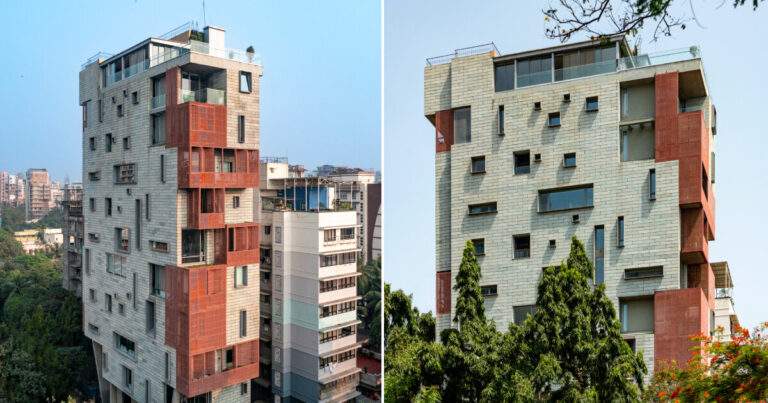In the era of rapid technological advancement, artificial intelligence (AI) has become a cornerstone for innovation across various fields, including architectural design and Modern Interior Design. By analyzing visual data and generating precise solutions, AI enhances both the aesthetic and functional aspects of design, such as bold contrasts, interactive surfaces, and harmonious color palettes. This article explores AI’s role in advancing architectural design, focusing on techniques like precise segmentation, practical applications, current challenges, and future prospects.



1. Enhancing Aesthetics Through AI
AI tools are revolutionising visual elements in architectural design and Modern Interior Design:
- Bold Contrasts : Algorithms analyse spatial relationships to balance shapes, textures, and lighting, which is essential in Modern Interior Design.
- Interactive Surfaces : Simulating materials like wood or stone to create realistic tactile experiences.
- Colour Palettes : Predicting harmonious color combinations based on environmental or functional contexts, pivotal in Modern Interior Design.
A study by the International Union of Architects (UIA) states, “AI can reduce the time required to design colour palettes by up to 40% while maintaining artistic quality” (Source: UIA Website ).
2. Precise Segmentation: The Backbone of Intelligent Design
Platforms like FORMAS.AI leverage segmentation to divide architectural elements into adjustable units. Key benefits include:
| Function | Impact |
|---|---|
| Visual Data Analysis | Identifies areas needing refinement. |
| Detail Simulation | Enhances surface quality and material accuracy. |
| Custom Design Generation | Tailors solutions to user needs. |


3. Practical Applications of AI in Architecture
- Interior Design : Algorithms suggest optimal furniture layouts and lighting schemes, which are crucial elements of Modern Interior Design.
- Sustainability : Analysing material environmental impact to minimise waste.
- User Interaction : Platforms enabling non-experts to modify designs via intuitive interfaces.
4. Current Challenges and Limitations
Despite progress, AI adoption faces hurdles:
- Data Dependency : Results rely heavily on the quality and quantity of input data.
- Creativity Balance : Striking a balance between algorithmic efficiency and human creativity.
- Cost Barriers : High development costs may limit accessibility for smaller firms.


5. Future Outlook
The field is poised for transformative advancements:
- Augmented Reality (AR) Integration : Visualising designs in real-world environments.
- Cultural Context Analysis : Machine learning models adapting to social and cultural nuances.
- Collaborative Platforms : Bridging gaps between architects and AI developers for holistic solutions.
Frequently Asked Questions (FAQ)
Q: Can AI replace architects?
A: No. AI is a supportive tool that streamlines repetitive tasks while preserving human creativity.
Q: What is the approximate cost of AI design platforms?
A: Costs vary by complexity, but most platforms offer flexible plans starting at $50/month.
Q: Are these tools accessible to beginners?
A: Yes, most platforms design interfaces to be user-friendly for non-experts.

Summary Table of Key Points
| Category | Details |
|---|---|
| Core Technologies | Precise segmentation, colour palette analysis, material simulation. |
| Applications | Interior design, sustainability, user-friendly modifications. |
| Challenges | Data reliance, cost, creativity preservation. |
| Future Trends | AR integration, culturally aware algorithms, collaborative platforms. |
This article underscores AI’s transformative potential in architecture, emphasising its role as a tool that complements human expertise rather than replacing it. By addressing current limitations and embracing future innovations, AI can pave the way for smarter, more efficient, and sustainable design practices, including advances in Modern Interior Design.







